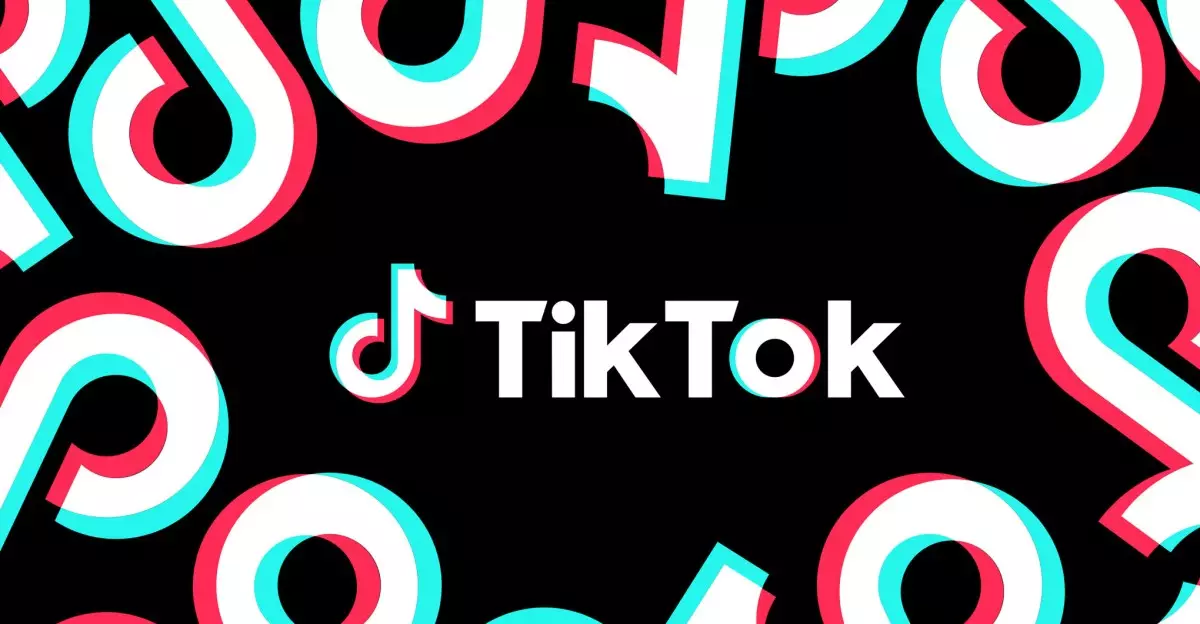In a digital age where social media platforms dominate communication, TikTok’s recent decision to incorporate AMBER Alerts directly into users’ For You feeds marks a significant stride toward community engagement and child safety. This initiative is not just about spreading awareness; it’s about leveraging technology to mobilize collective action against child abductions. By placing critical alerts prominently within its user interface, TikTok elevates the sense of urgency required in such dire situations, enabling users to act swiftly and decisively.
Amidst its ongoing challenges in the U.S. market, TikTok’s partnership with the National Center for Missing & Exploited Children is a proactive move that underscores the platform’s commitment to social responsibility. This collaboration is crucial, as it merges a powerful social media tool with imperative public safety measures, amplifying the reach and visibility of AMBER Alerts to millions. The fact that these alerts have racked up over 20 million views during a pilot program in Texas is a testament to the effectiveness of this approach; clearly, it demonstrates a capacity to engage a young, digital-savvy audience in urgent matters that were previously relegated to news reports and emergency broadcasts.
A Creative Approach to Communication
TikTok’s user-centric design means that notifications can go viral, extending beyond geographical boundaries. When a child goes missing, it becomes an issue that transcends individual communities; it is a communal crisis. By embedding AMBER alerts in a platform primarily known for its entertainment value, the message shifts from mere statistics to an emotional call to action. These alerts not only provide important details—such as photos and descriptions—but also offer an accessible method for users to respond by dialing 911.
This creativity in communication shows that TikTok is not merely a content-sharing platform, but a tool with societal potential, equipped to engage teenagers who might otherwise feel disconnected from traditional forms of media. Furthermore, the response from the community can foster a more compassionate and responsible society—one that feels less like passive consumers of content and more like active participants in safeguarding their neighborhoods.
Challenges and Responsibilities Ahead
Despite this optimistic development, TikTok faces the daunting task of ensuring that users understand the gravity of AMBER Alerts amidst a backdrop of memes and viral dances. The challenge lies in maintaining this balance—ensuring that these vital notifications stand out without becoming desensitized or overlooked due to the overwhelming flow of content typical to social media platforms. This requires continuous innovation in design and messaging, perhaps even involving educational campaigns to instill awareness about the significance of these alerts beyond mere notifications on a screen.
Moreover, the challenge of user engagement can lead to pitfalls like misinformation or privacy concerns, demanding transparency and responsibility from TikTok to manage how these alerts are shared. As broader societal implications unfold, the company must remain vigilant and responsive, shaping its policies to uphold both child safety and user trust. In taking this bold step, TikTok is not just participating in child safety; it’s redefining the role of social platforms in fostering community responsibility. The true test will be its ability to navigate the complex intersection of technology, duty, and sensitive social issues.

